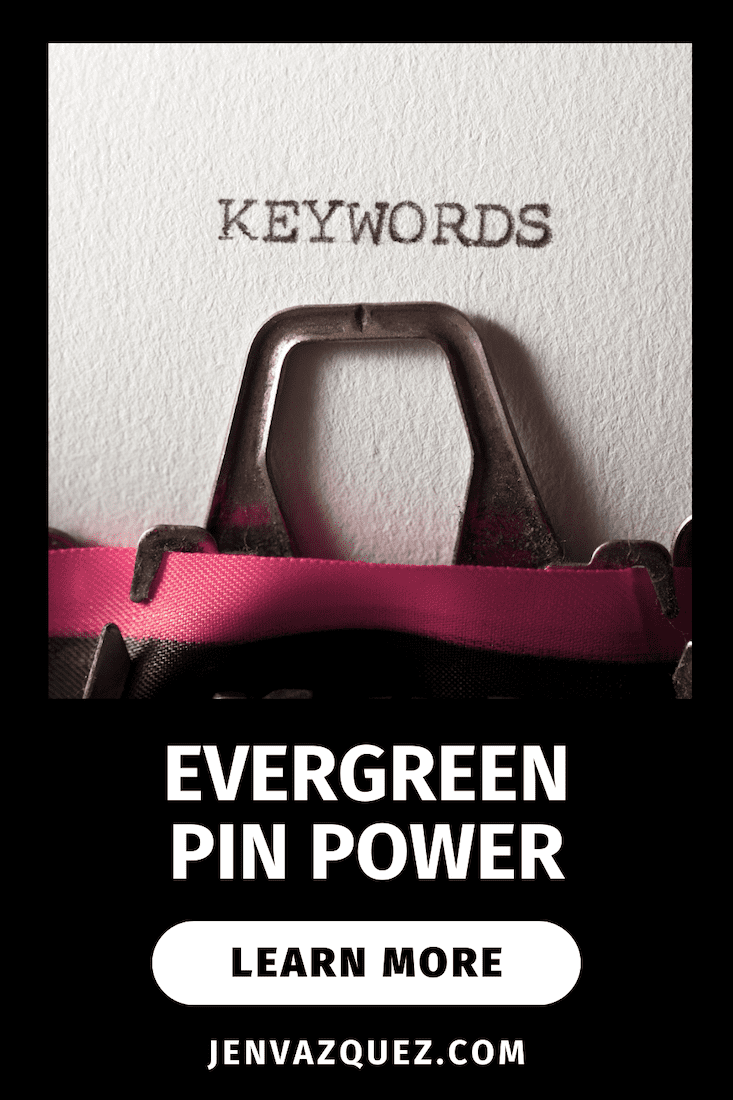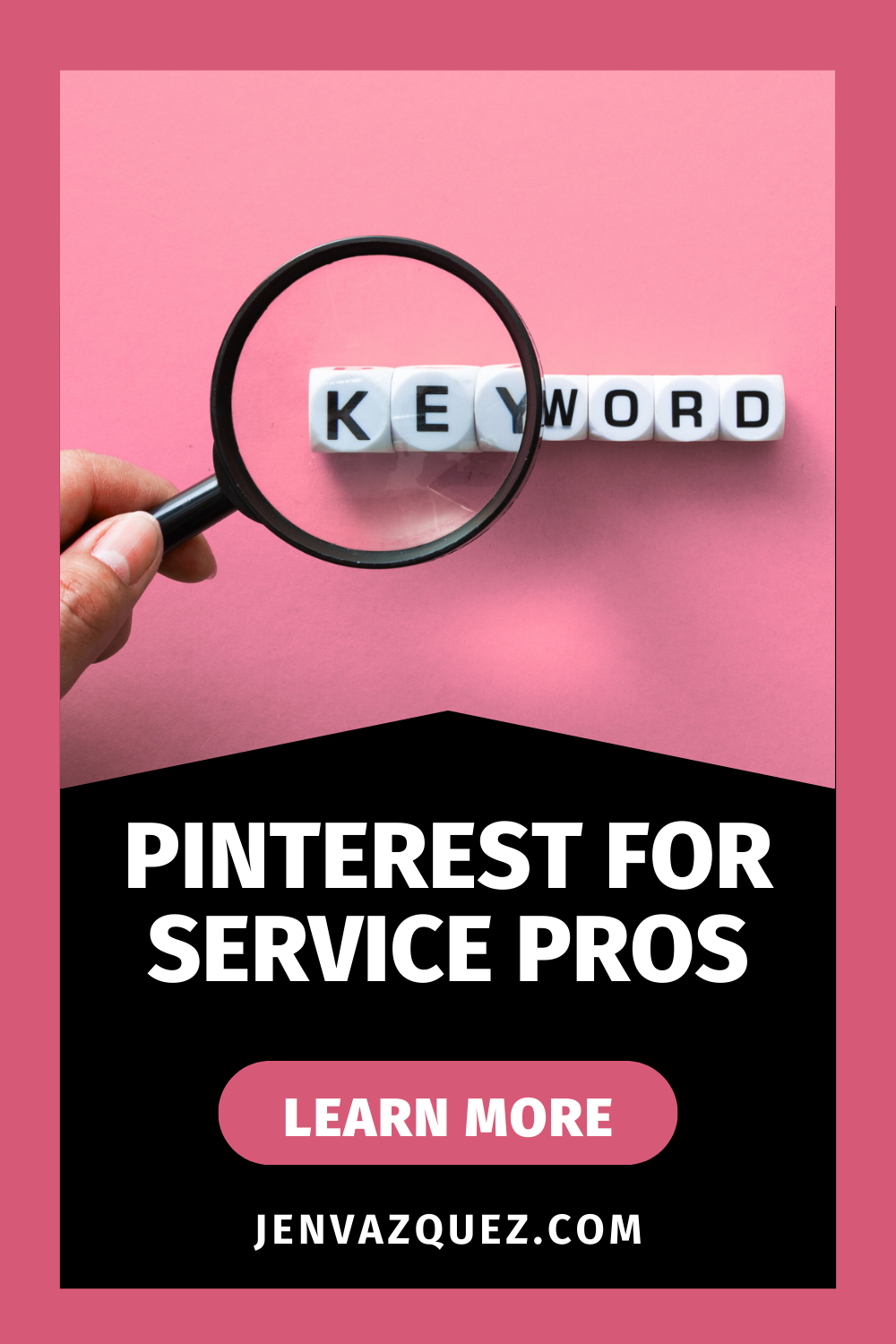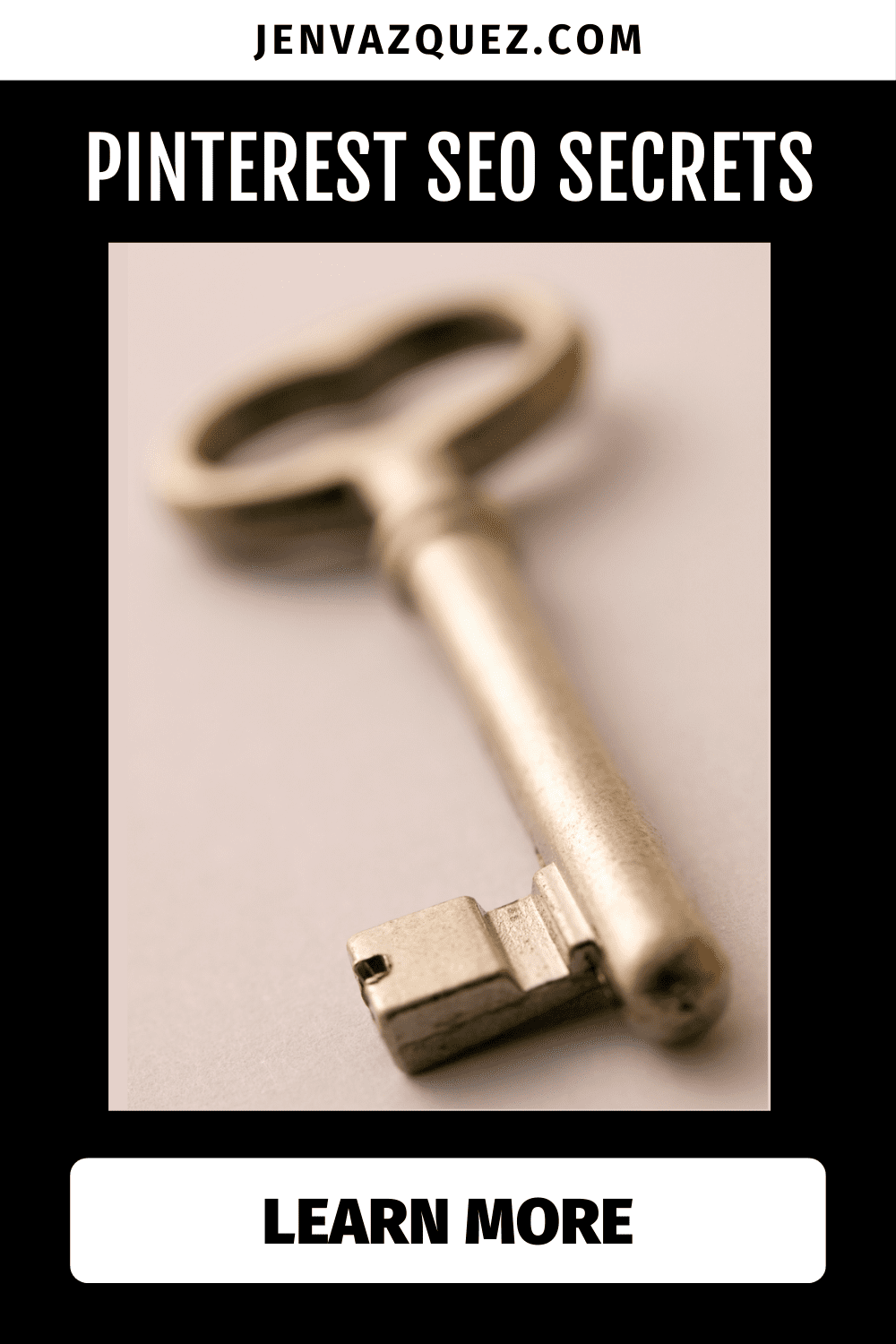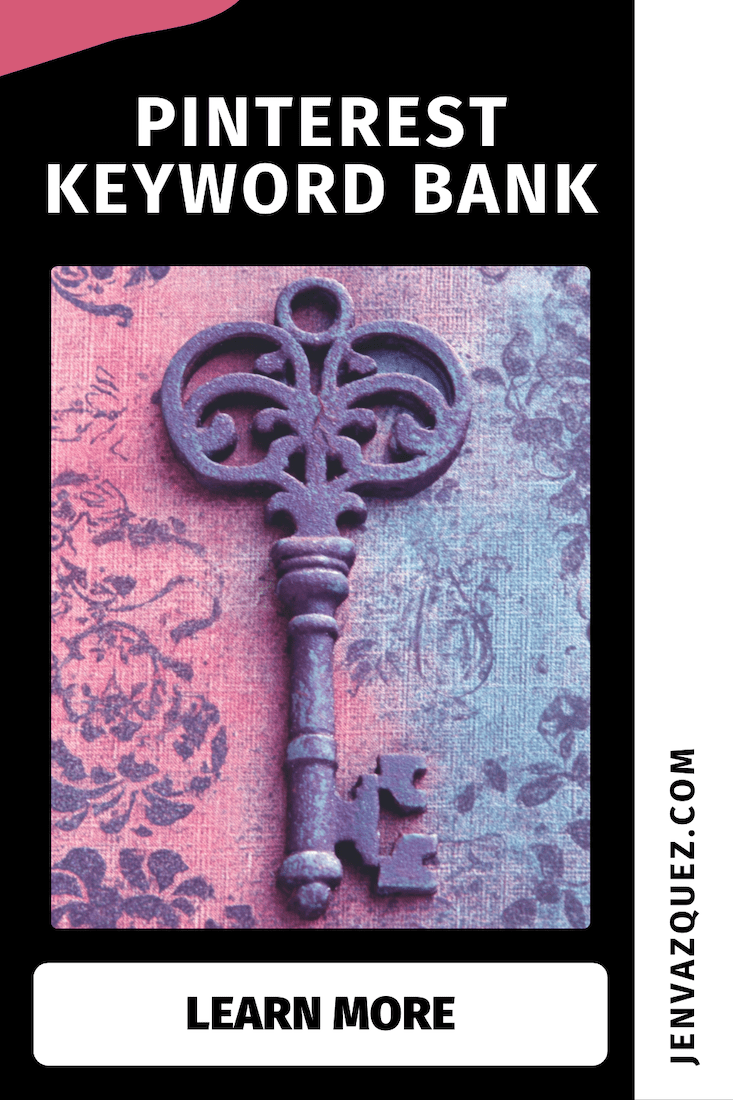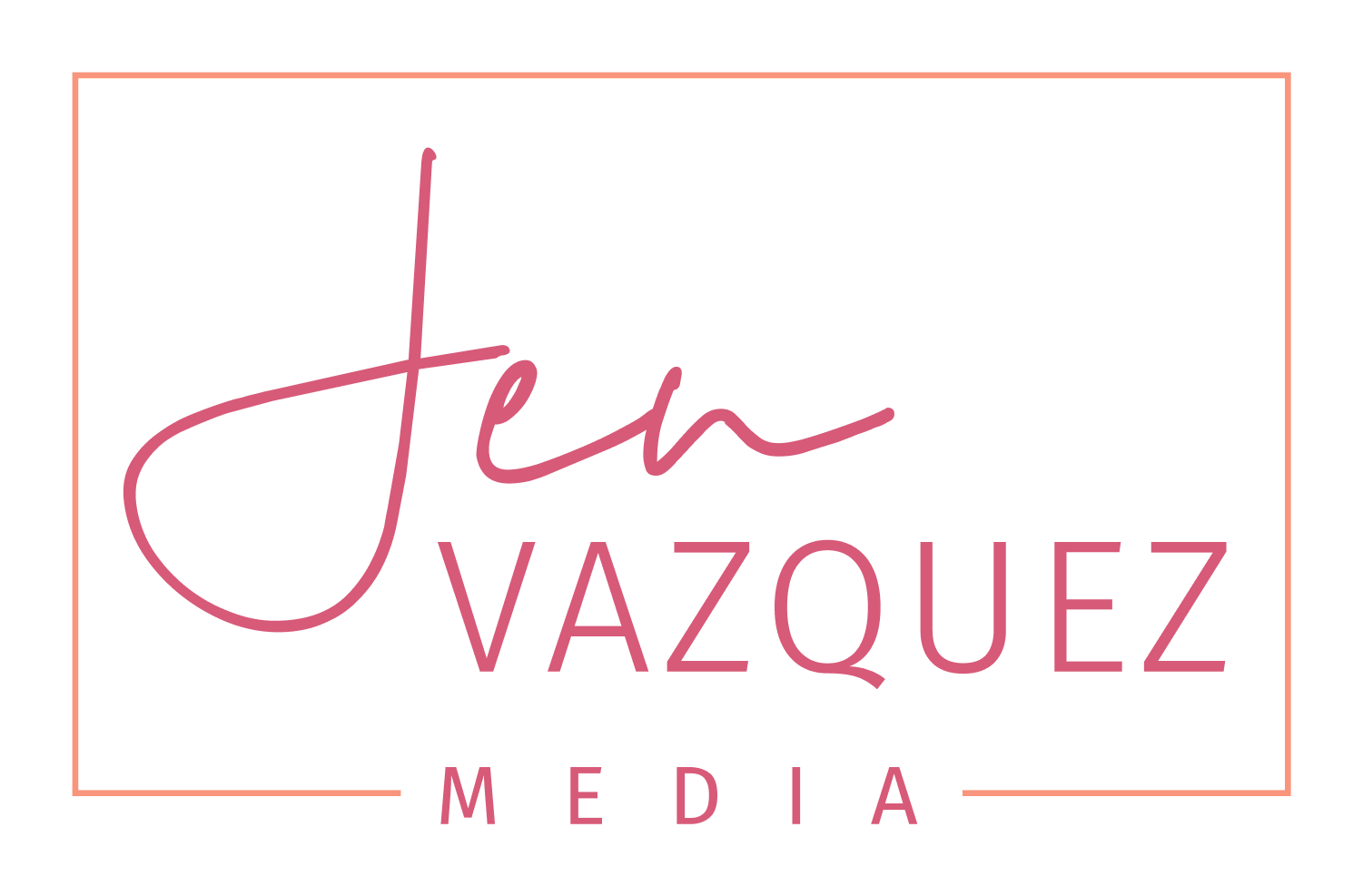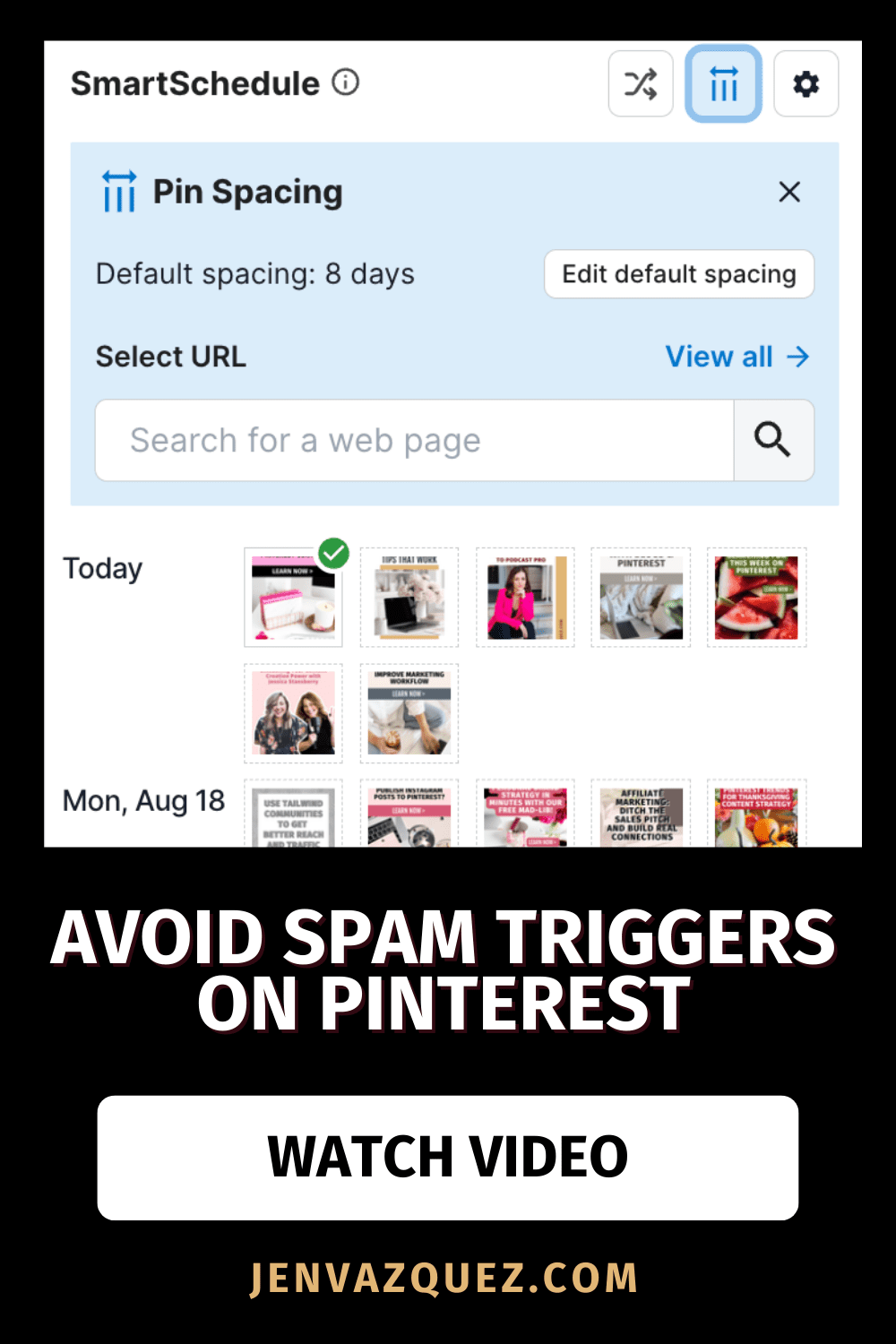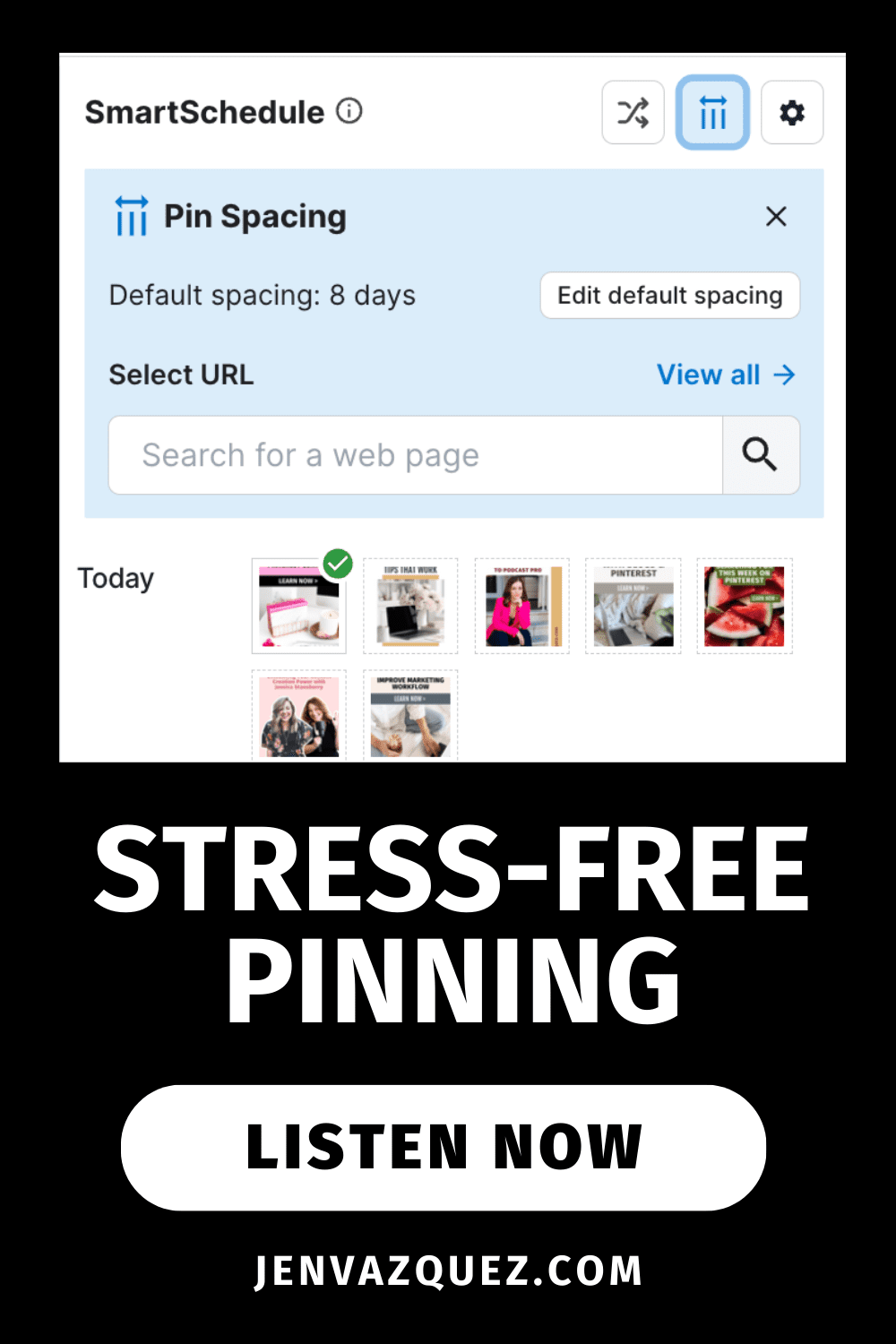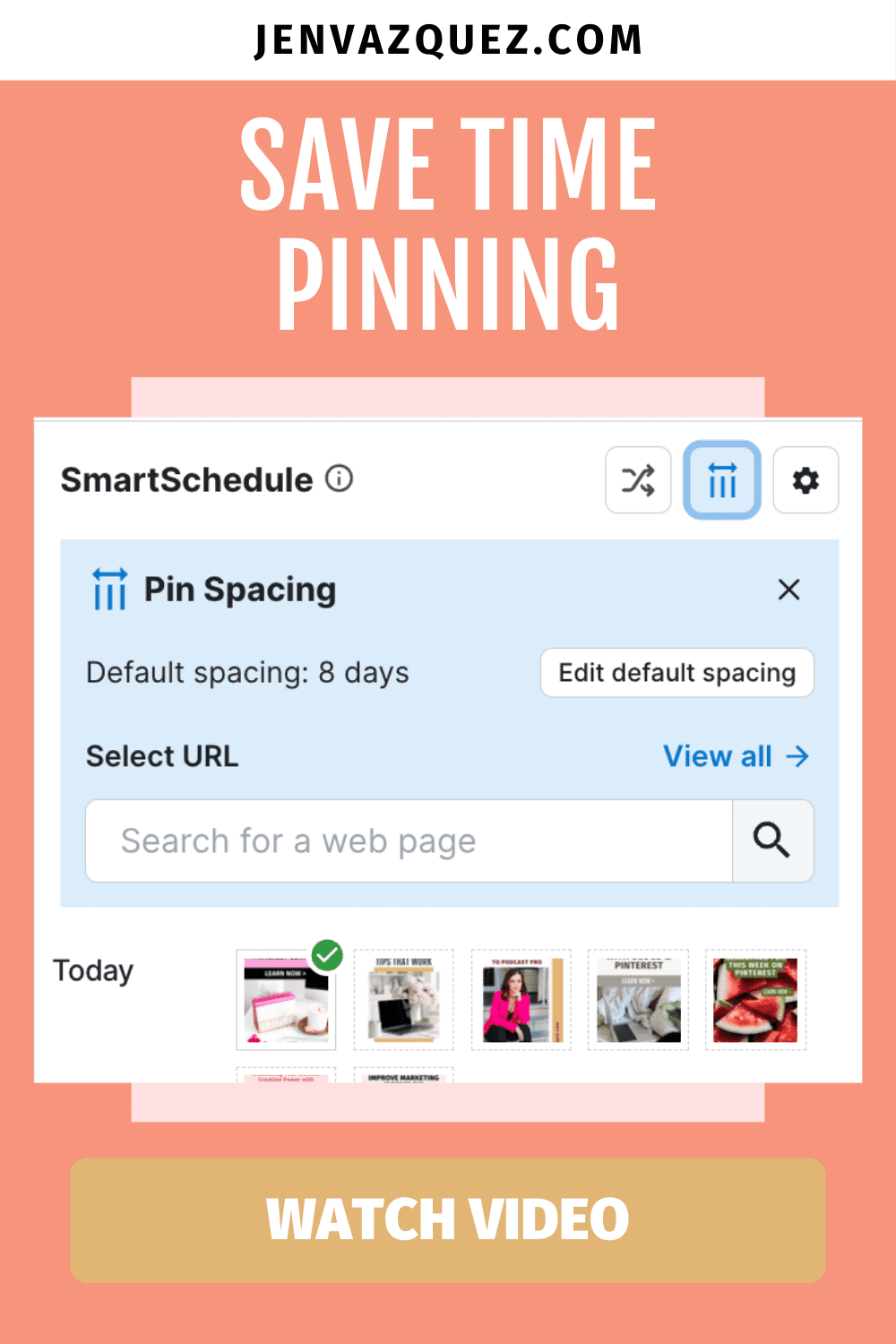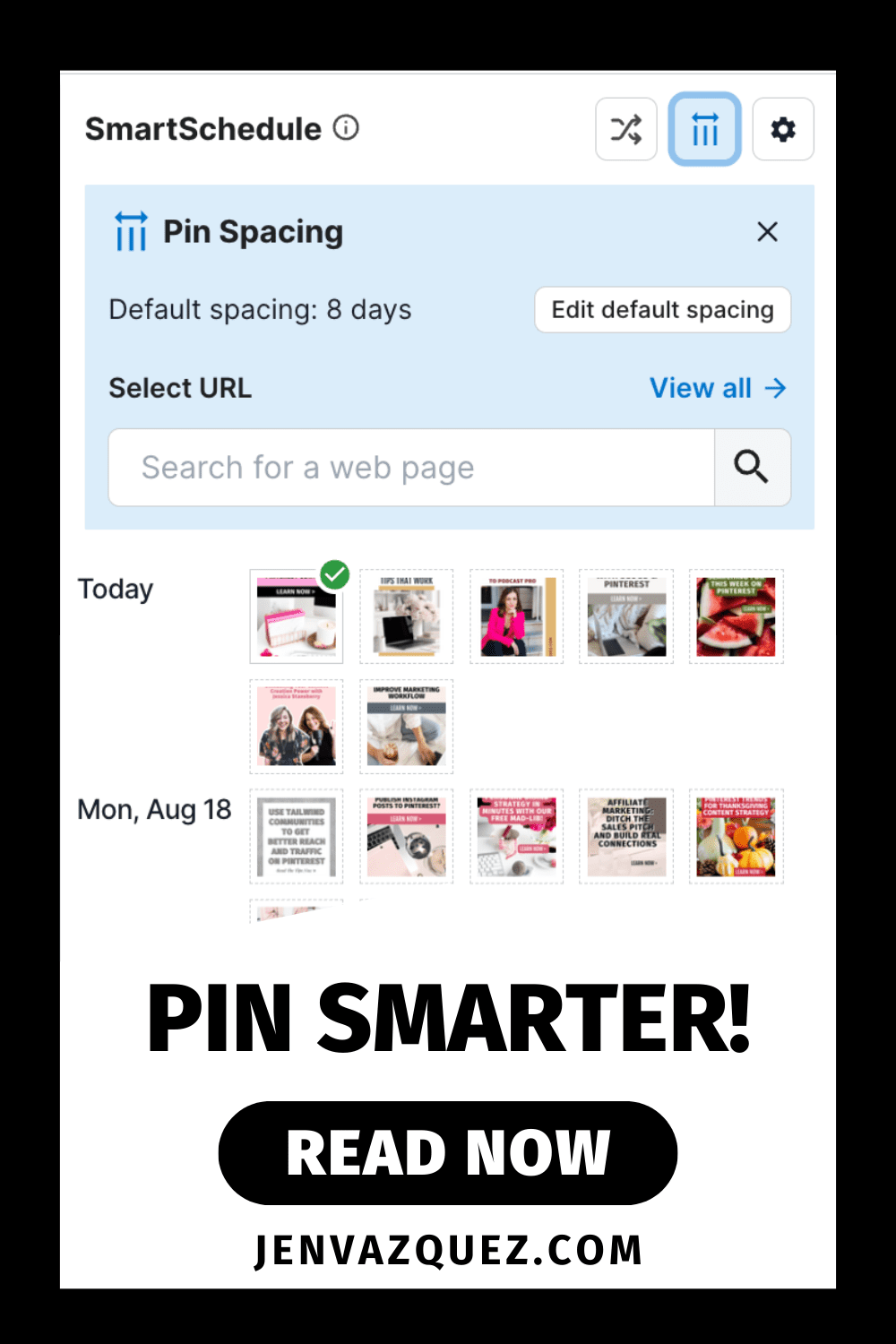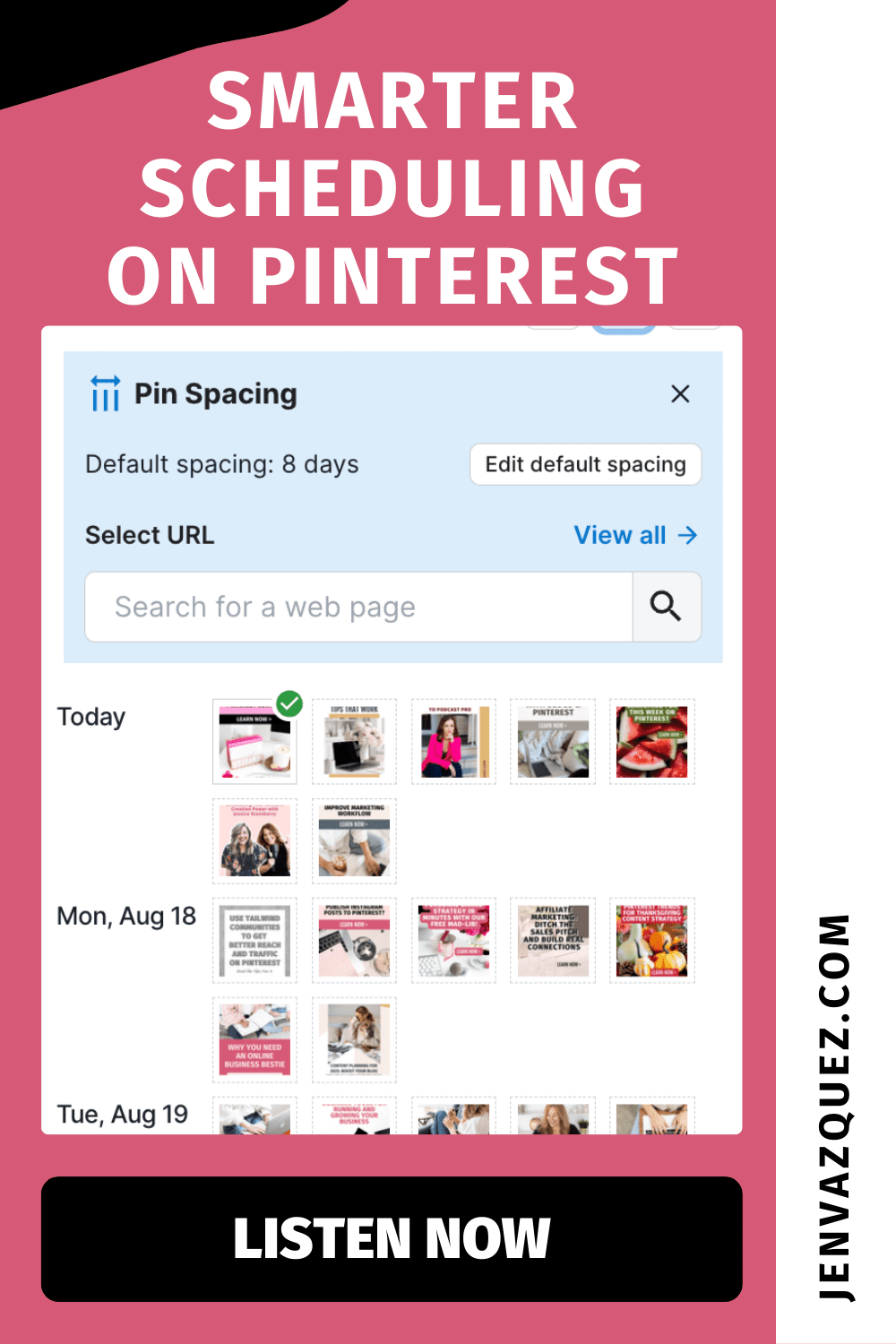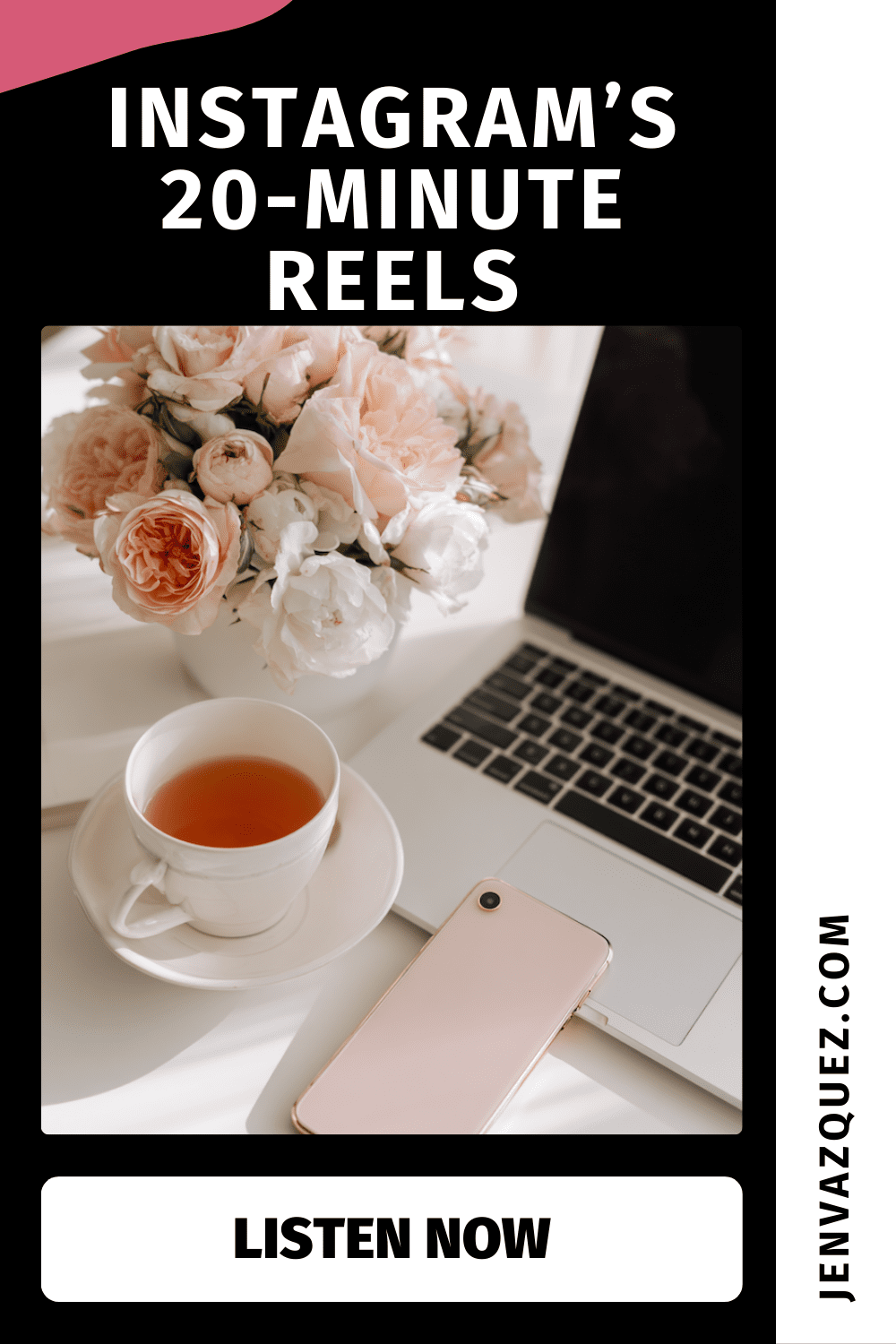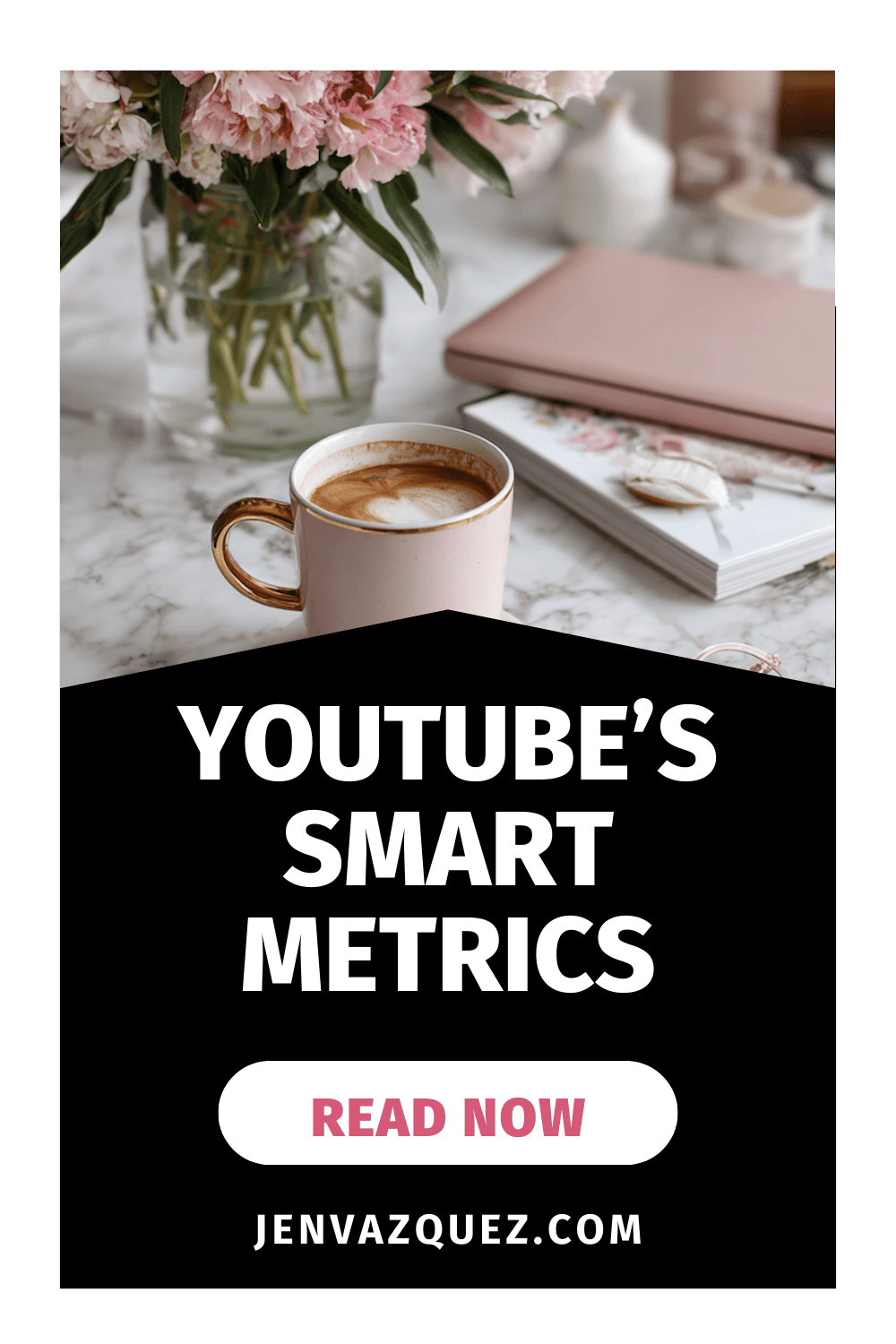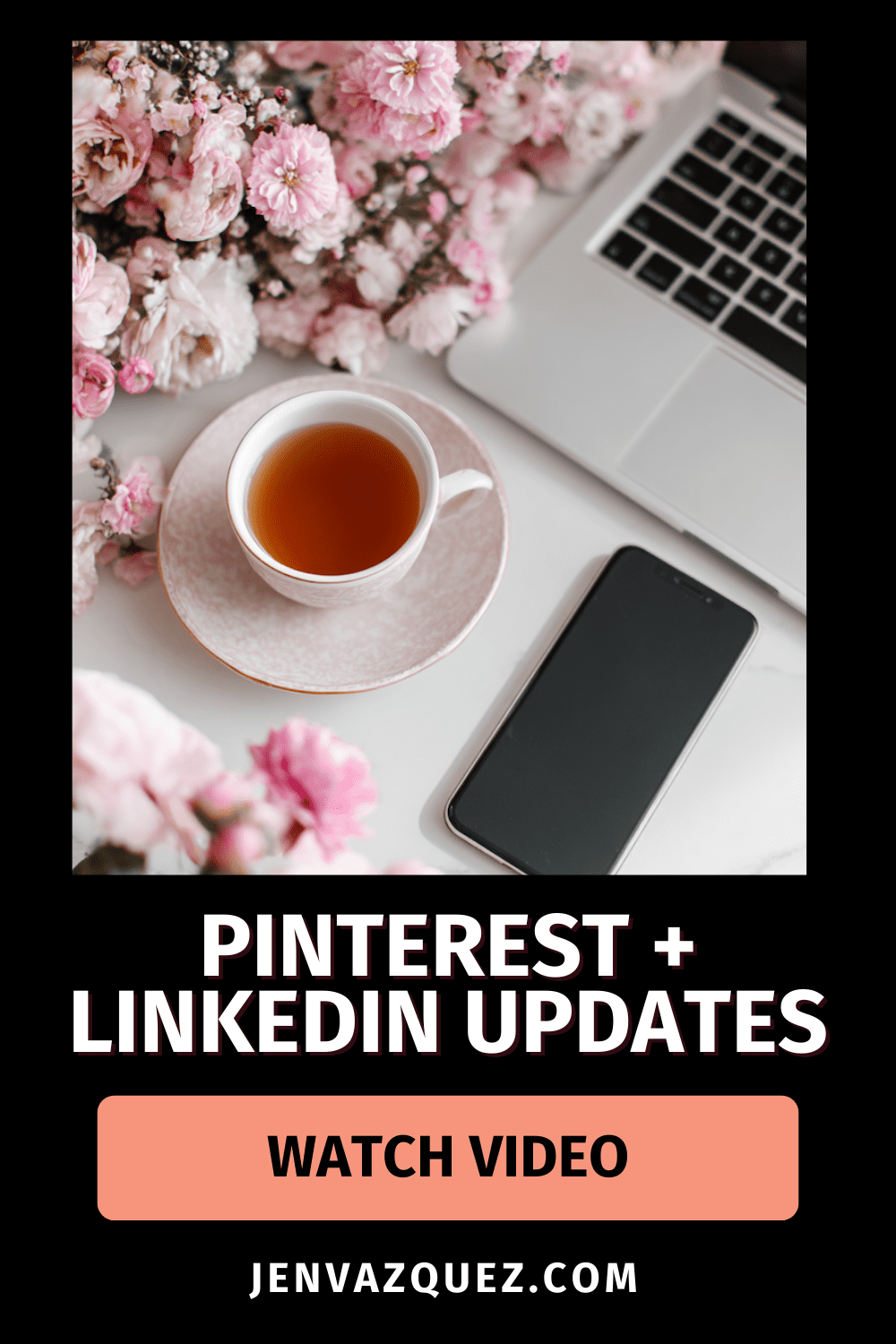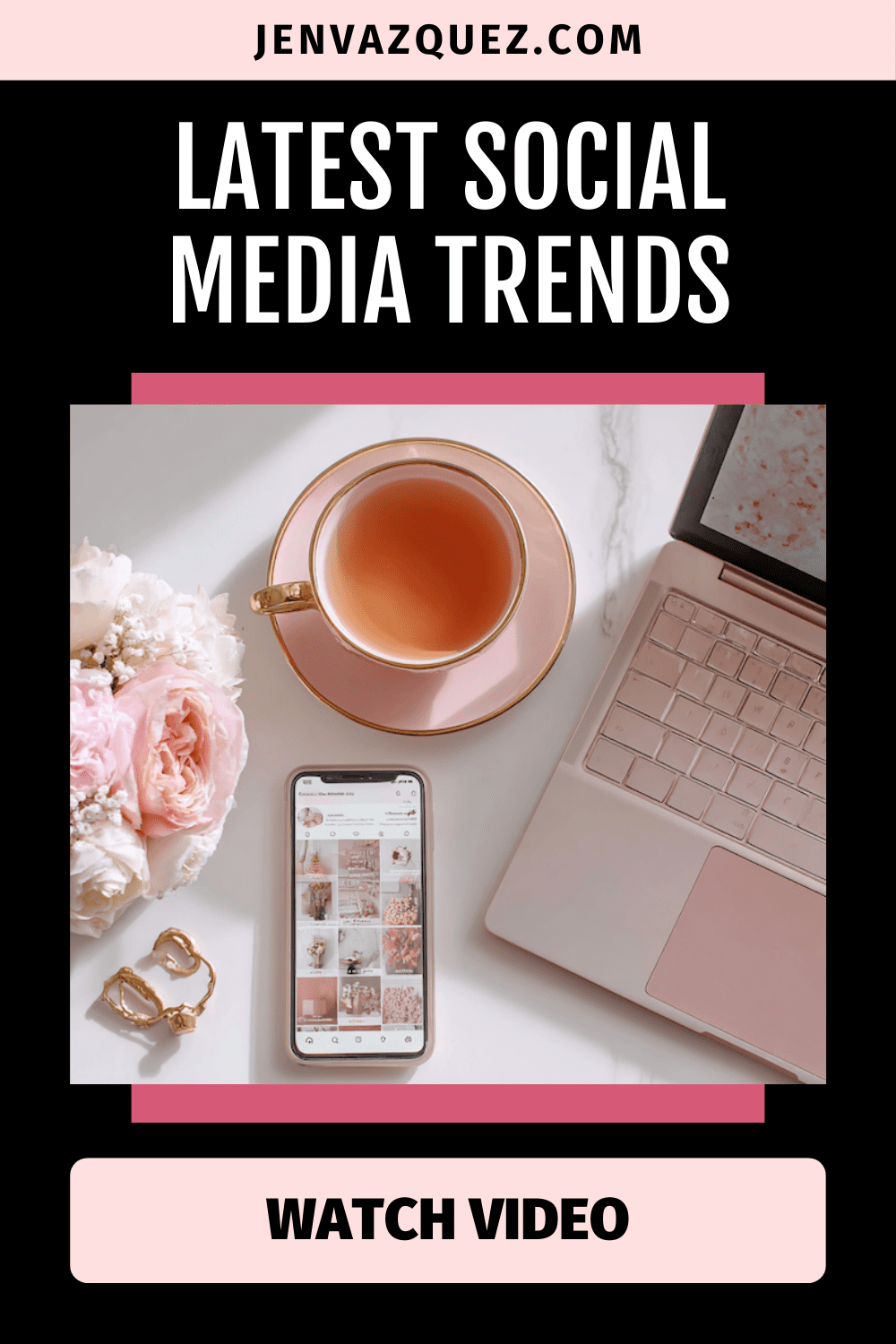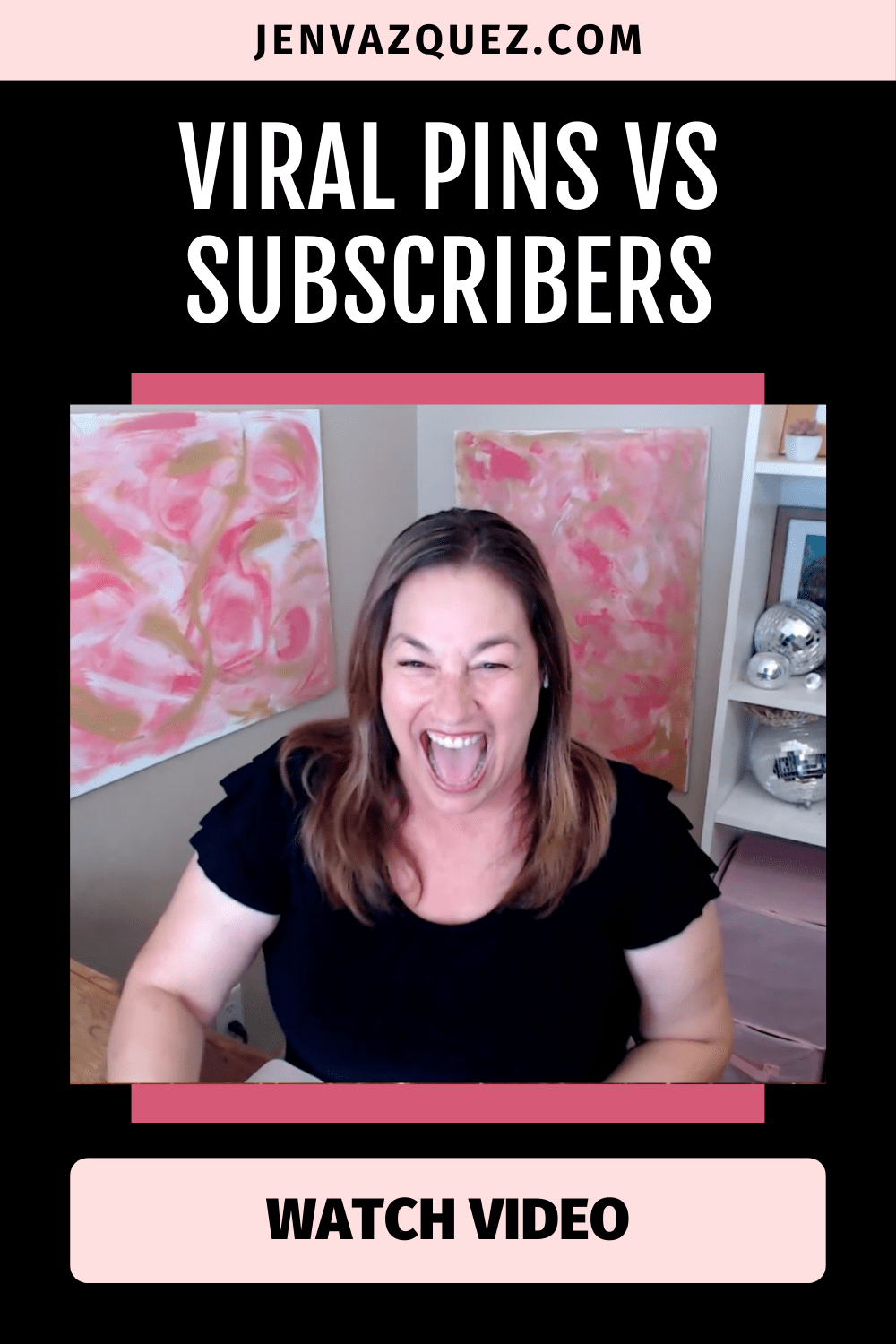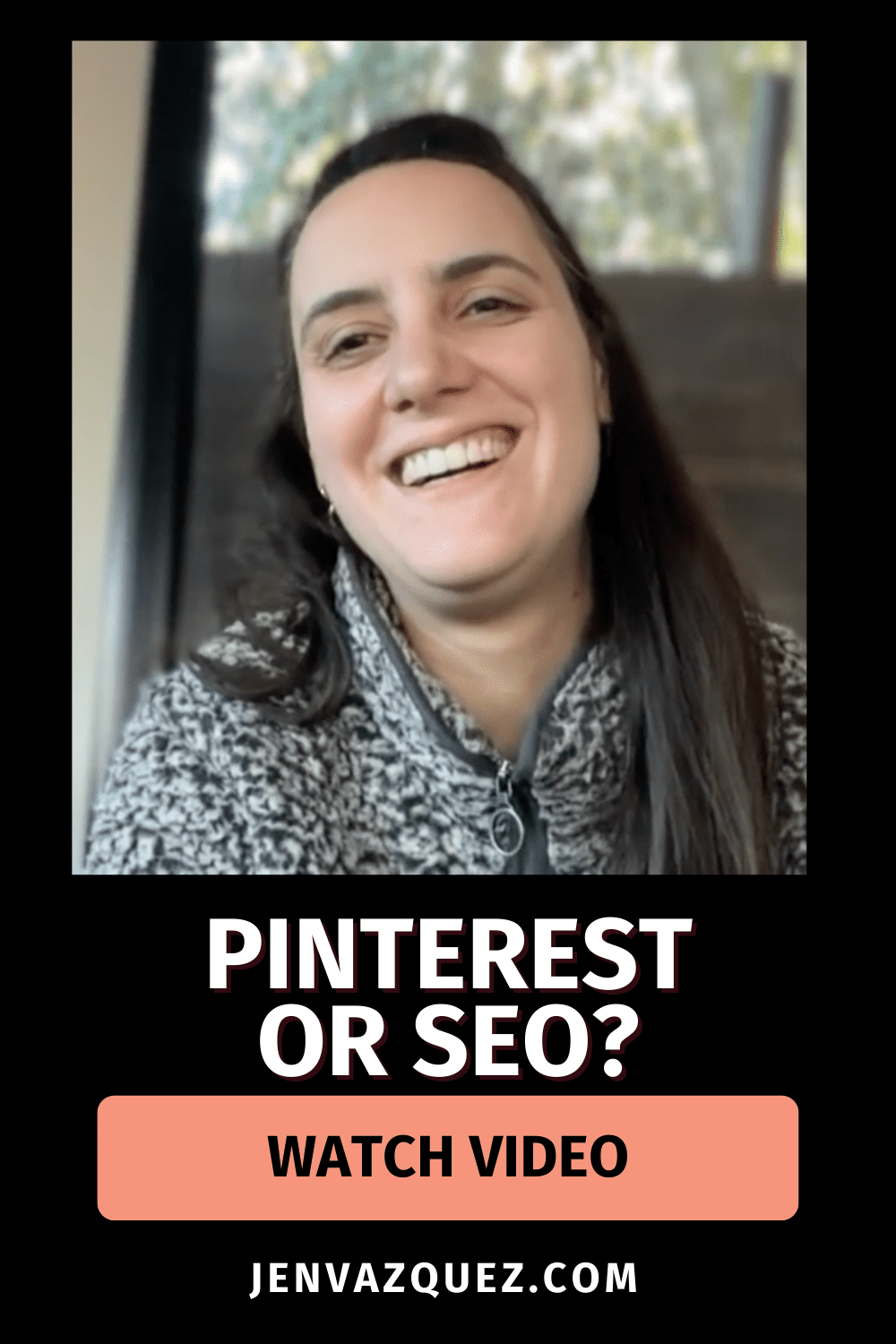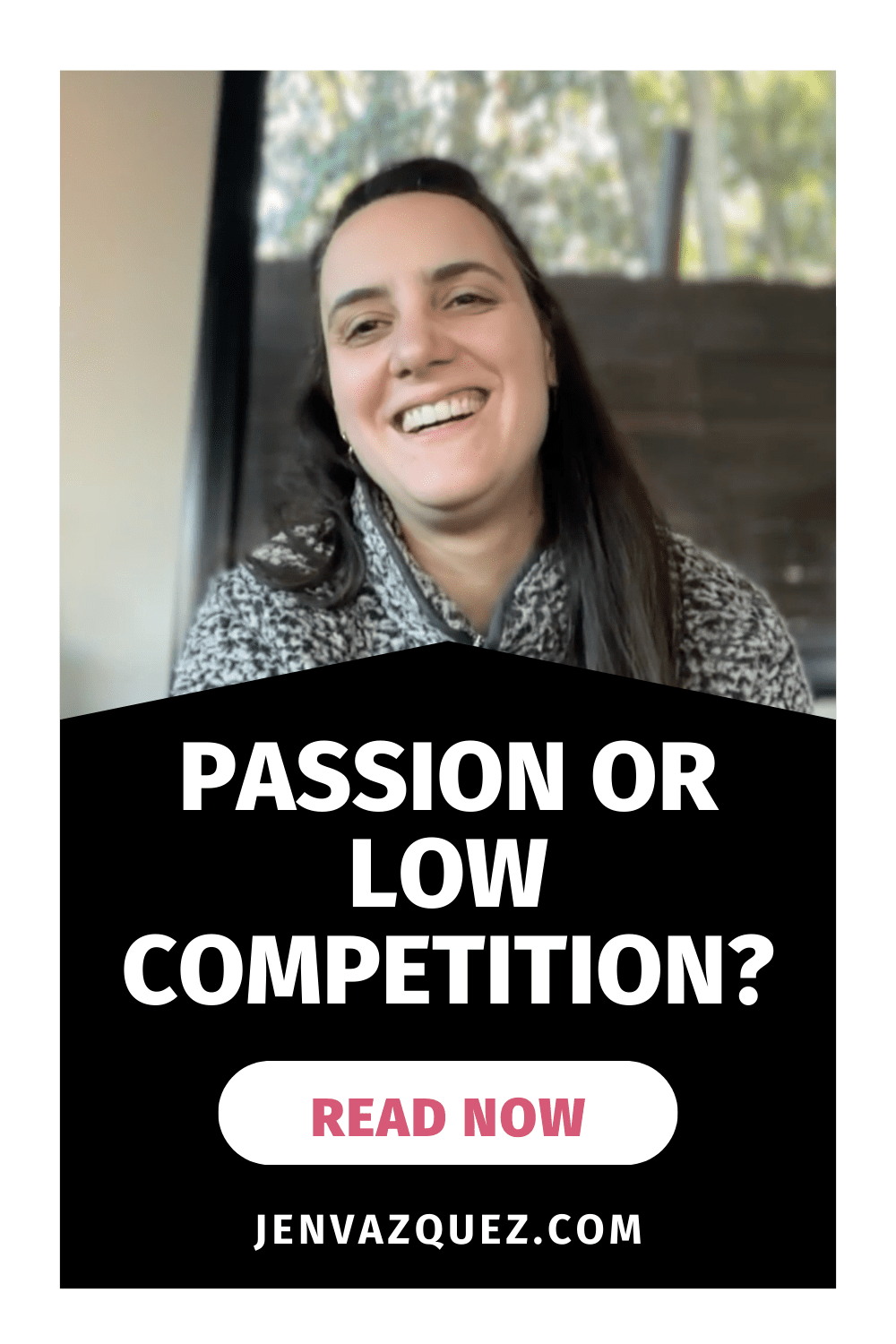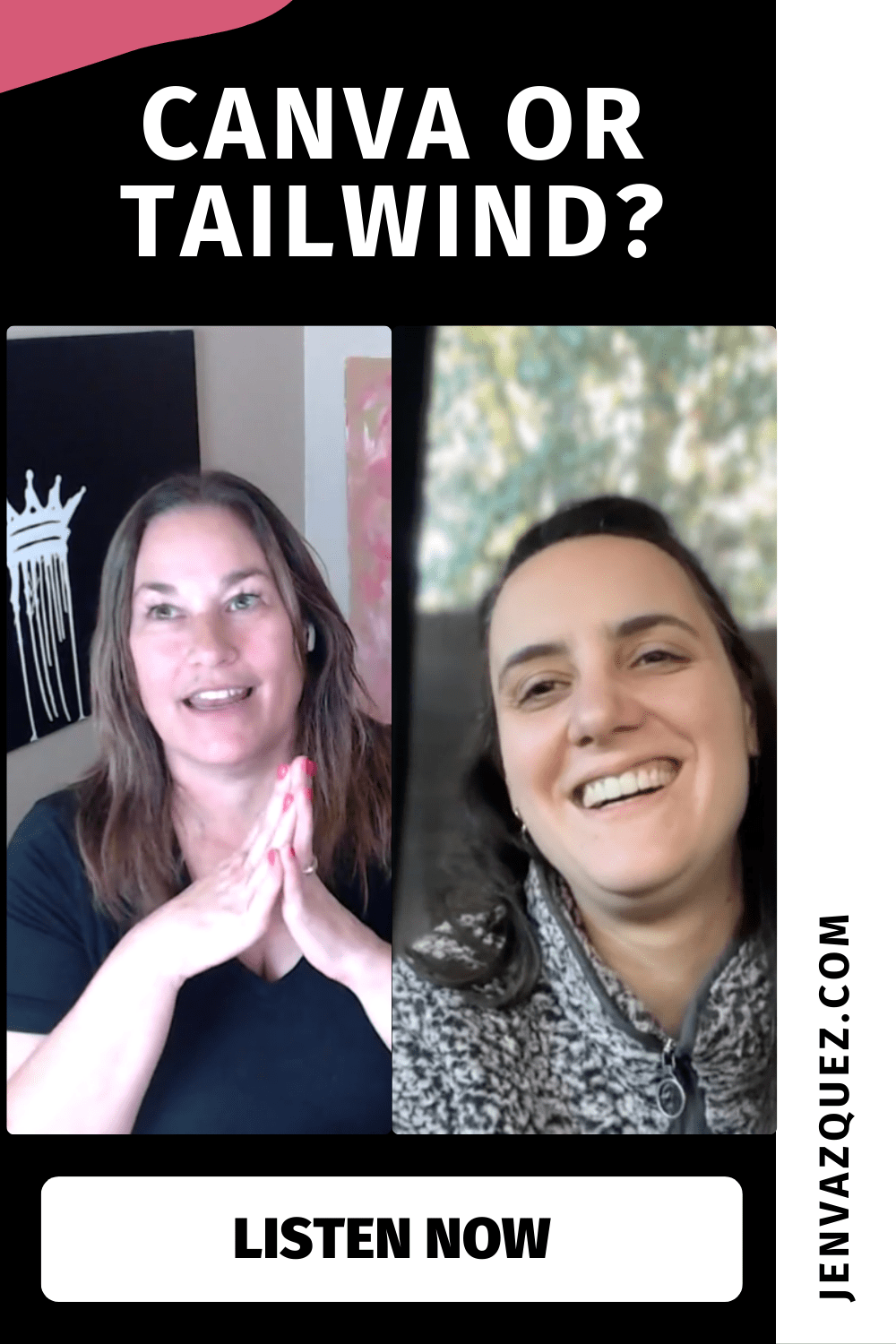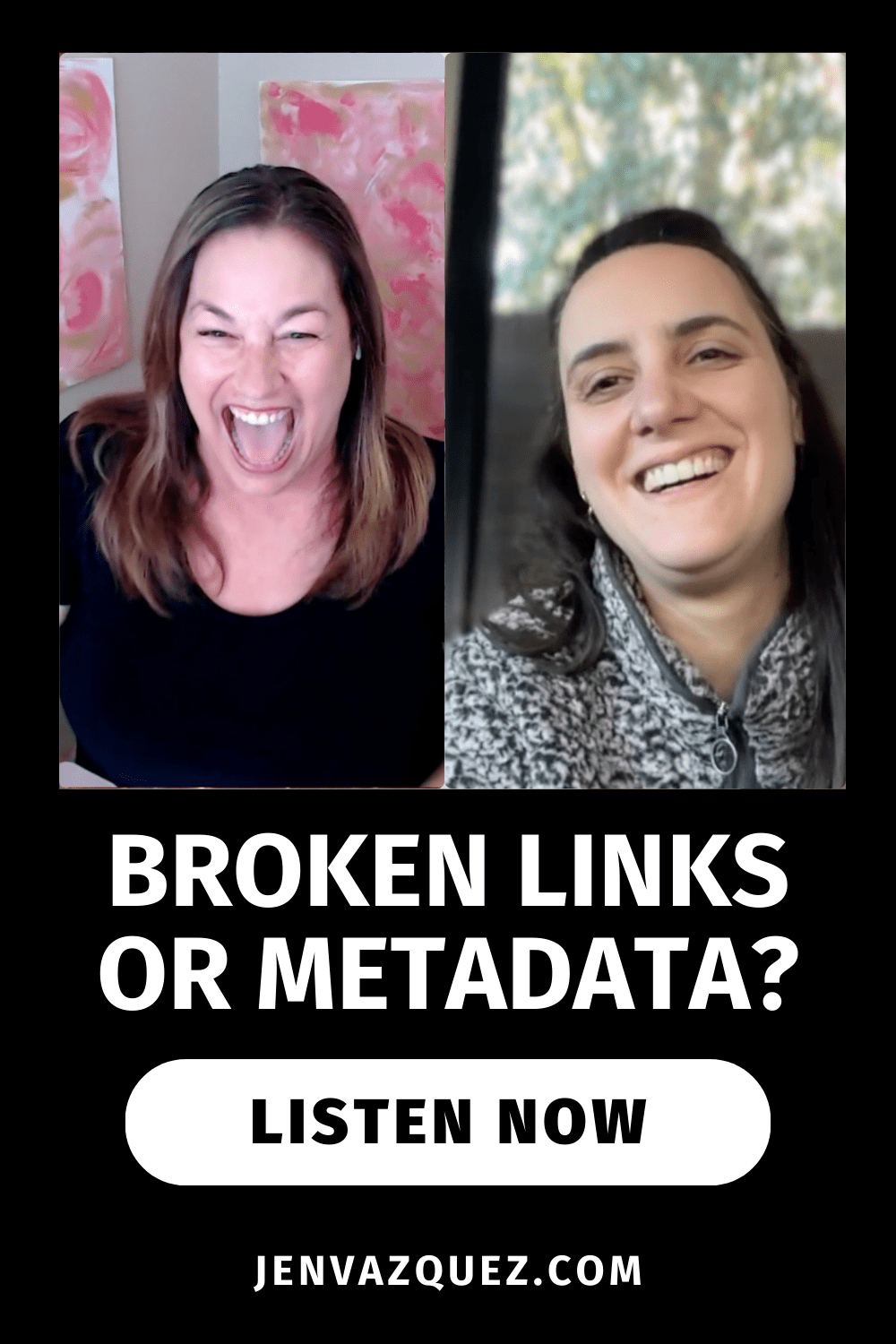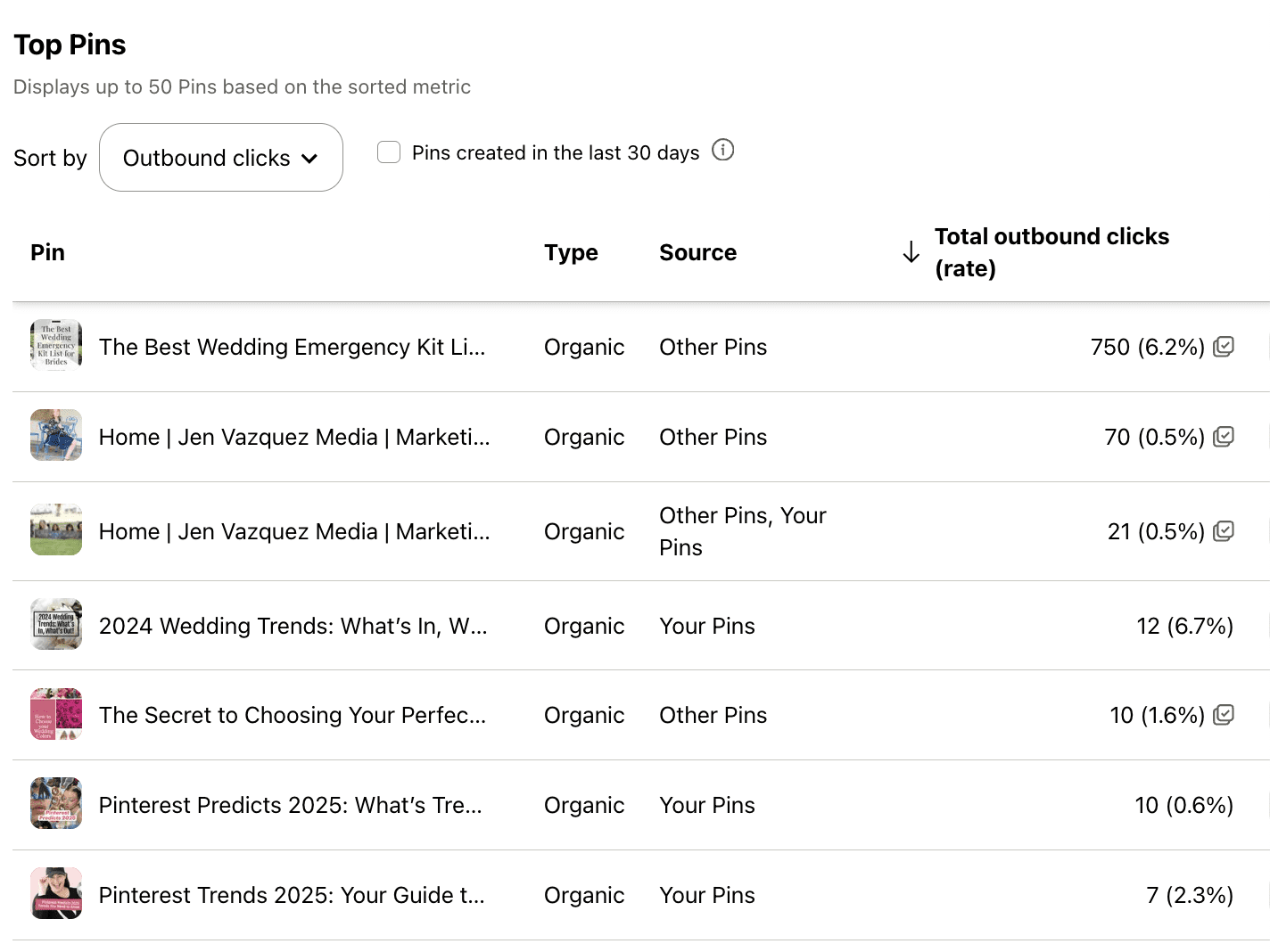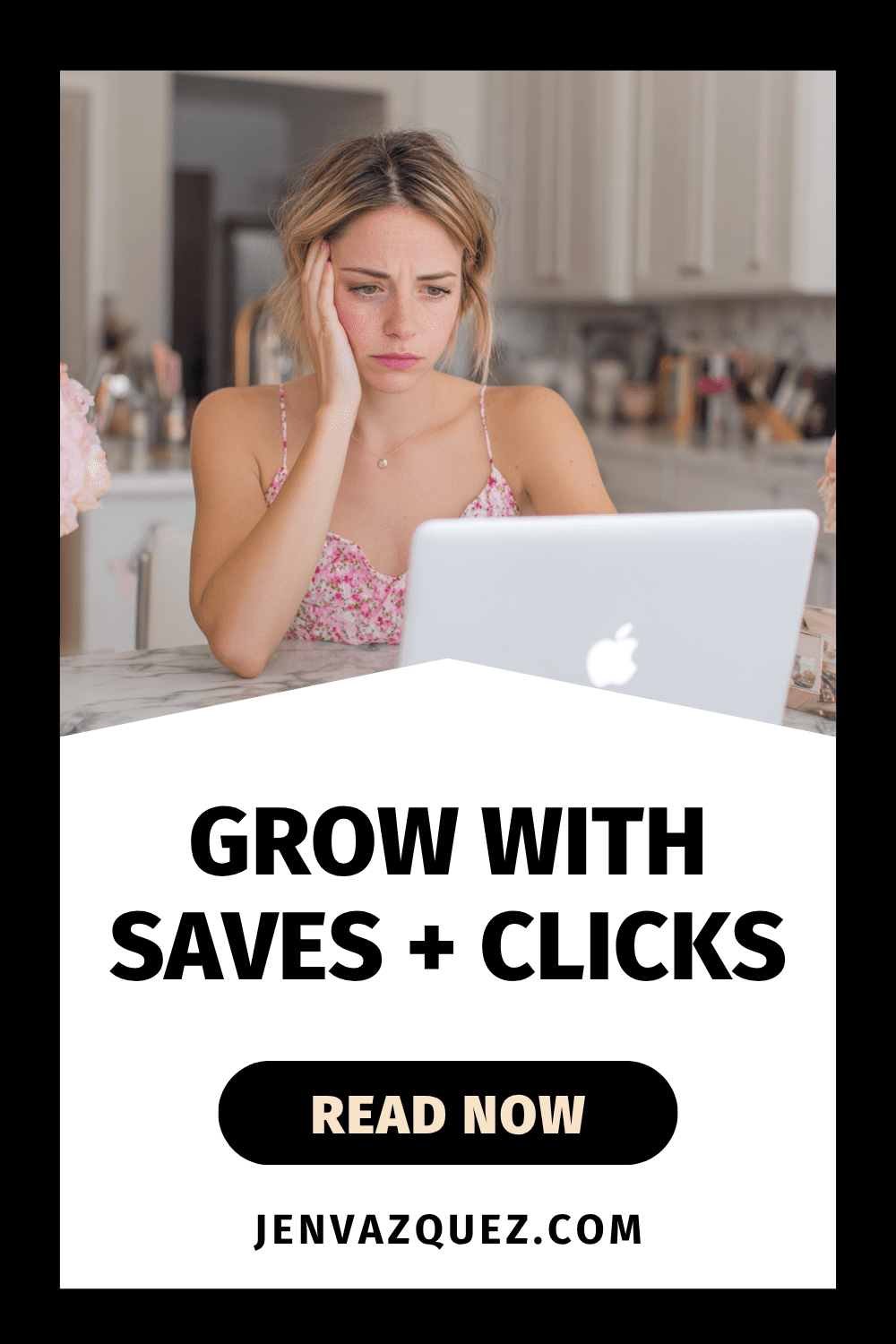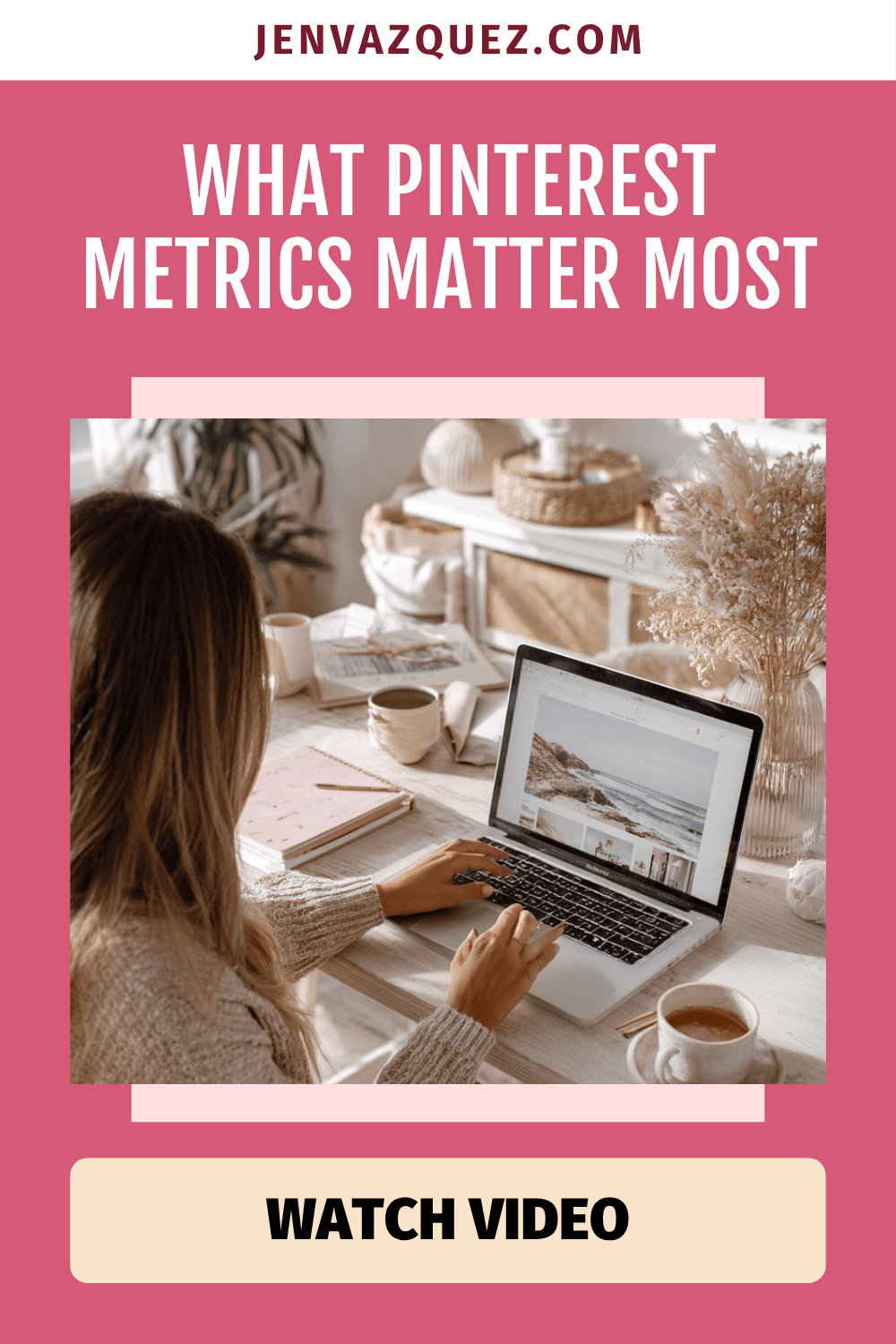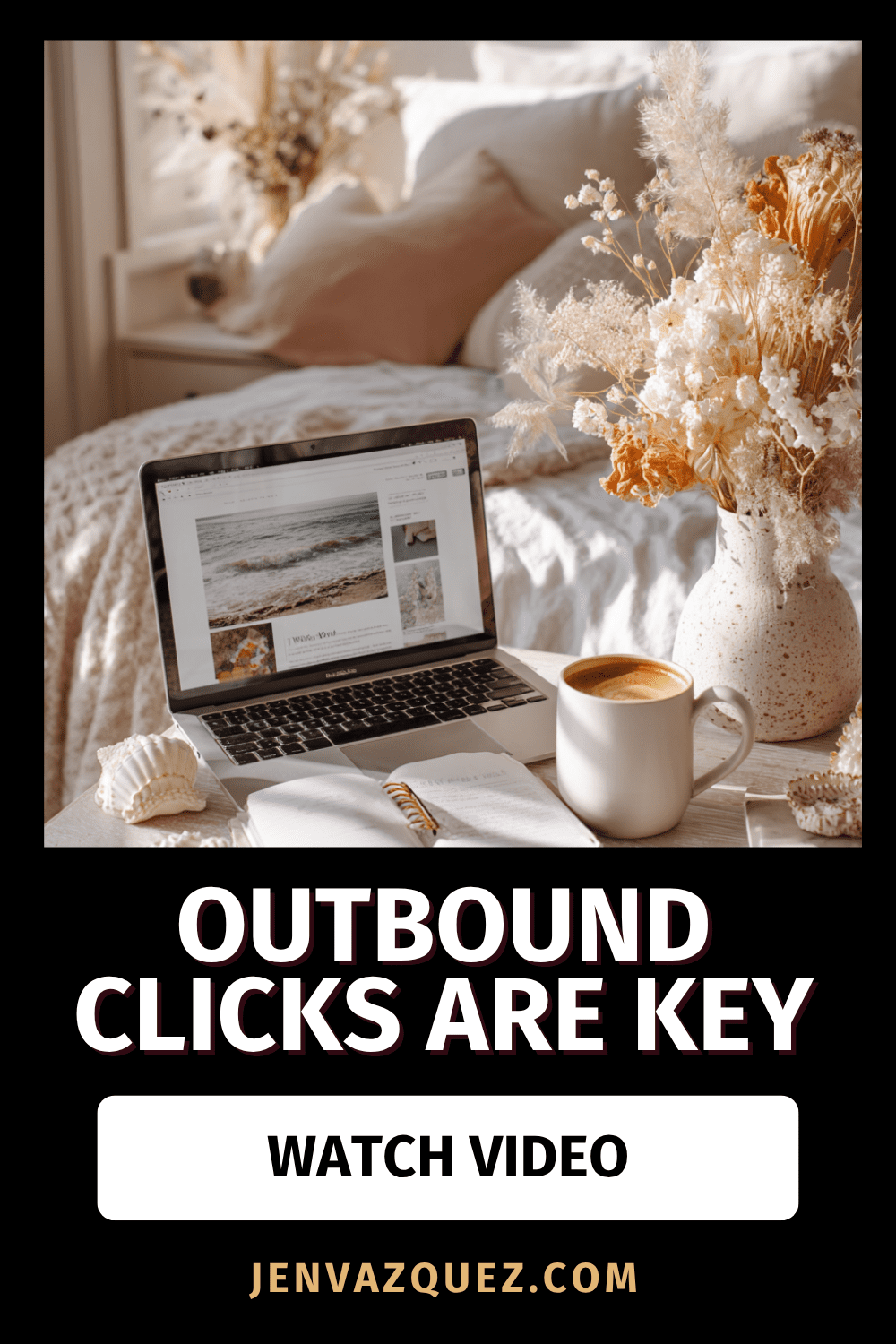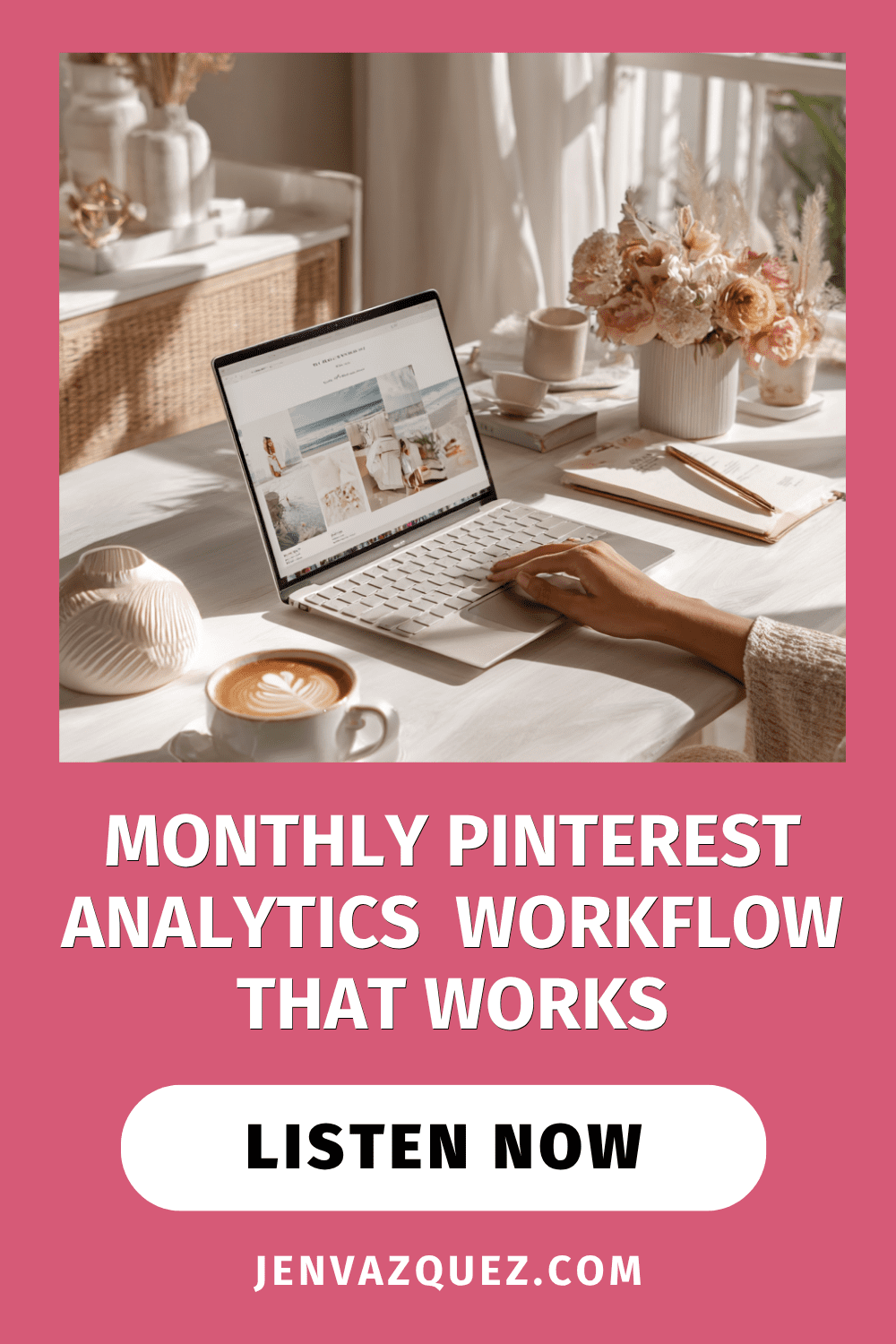How to Build a Pinterest Keyword Strategy That Actually Works for Service Providers

How to Build a Pinterest Keyword Strategy That Actually Works for Service Providers
If you’re a service-based business owner, here’s the truth: Pinterest can be your secret weapon, but only if you’re using the right keywords. Unlike Instagram or TikTok, Pinterest isn’t a social platform—it’s a visual search engine. That means your dream clients are searching for exactly what you offer. The question is—are you showing up in those searches?
Why Pinterest SEO Matters for Service Providers
Pinterest isn’t just for recipes and DIY inspo. It’s a powerhouse search engine where people are actively planning and looking for services—yes, even local ones. As a coach, photographer, or wedding pro, this is huge. Your content can drive traffic not just for weeks, but for years. I still get leads today from a pin I created ten years ago. That’s the magic of Pinterest SEO and keywords—evergreen content that works on autopilot.
What Long-Tail Keywords Actually Do for You
Short-tail keywords like “Pinterest marketing” are crazy competitive. But long-tail keywords—like “Pinterest marketing tips for wedding photographers”—narrow your reach to exactly who you want to work with. They have less competition, attract clients closer to booking, and they even boost your visibility on Google since Pinterest ranks so well there.
How to Find the Right Keywords Without Guessing
Start by searching the way your client would:
- Use the search bar and jot down Pinterest’s auto-suggest results.
- Pay attention to those colorful “search bubbles” (keyword gold!).
- Check Pinterest Trends (trends.pinterest.com) to see what’s gaining traction.
And here’s a biggie—ditch your industry lingo. Clients aren’t searching for “eSessions,” they’re searching for “engagement photos San Jose.” Speak their language, not yours.
Build a Keyword Bank to Save Your Sanity
Once you gather ideas, build a keyword bank. This could be a simple doc where you list your core topics (like coaching, brand photography, marketing workflows, or AI) and all the variations you find in searches. A keyword bank means no second-guessing when it’s time to pin—you just grab what you need and keep moving.
Want to make it even easier? Grab my free keyword builder inside the Pinterest Vault.
Turn Pinterest Into Your Lead Machine
Stop guessing what to post on Pinterest and start seeing real results. With Pinfluence, I’ll optimize your profile, boards, and keywords so your content works on autopilot. Think of it as a power clean for your Pinterest—done-for-you SEO, a keyword bank you can actually use, and a strategy that attracts dream clients month after month.
Where to Use Keywords on Pinterest
Keywords aren’t just for pin titles and descriptions (though they’re essential there). Use them in:
- Your board titles and descriptions
- Your Pinterest profile (yes—even your name!)
- The file name of your Canva graphics before uploading
Basically, if it’s text, it’s searchable on Pinterest. Use it wisely, but keep it natural—remember, you’re writing for humans, not robots.
Make Pinterest Work for You on Autopilot
When you create a keyword-rich strategy upfront, you don’t need to overthink every single pin. Your content consistently appears in searches, generating leads while you focus on serving your clients. That’s how you market smarter, not harder.
So the next time you sit down to pin, ask yourself: Am I showing up for the keywords my dream clients are searching? If the answer’s no, let’s fix that. Check out Pinfluence here, and let’s turn your Pinterest into a lead-generating machine.
DON’T FORGET TO PIN IT!

